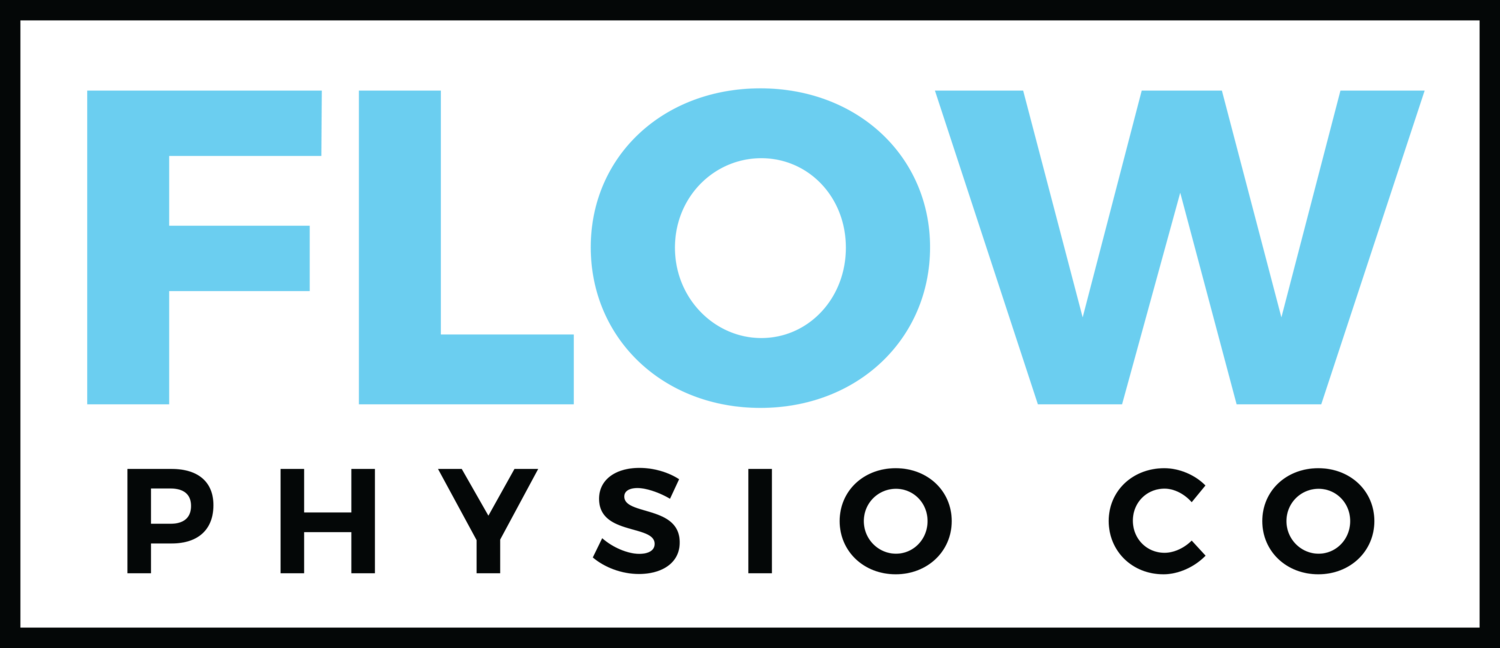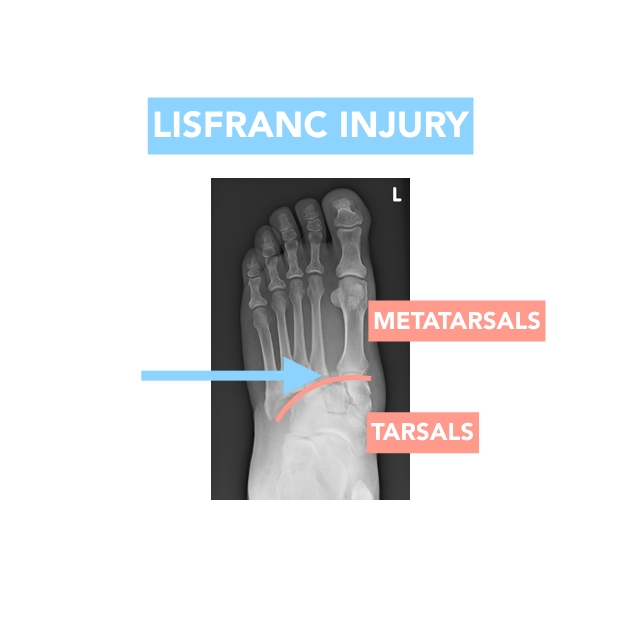Did you know that Australians living with Osteoarthritis is expected to rise from 2.2 million in 2015 to almost 3.1 million by 2030?
So what can you do about it?
The Royal Australian College of General Practitioners recently updated their guidelines for management of hip and knee osteoarthritis.
Little to our surprise, the interventions that come with strong recommendations based on available evidence for managing these conditions include EXERCISE and WEIGHT MANAGEMENT.
What is Osteoarthritis?
Osteoarthritis the most common form of chronic arthritis that is characterised by joint pain, stiffness and swelling, and mainly affects the hands, knees and hips.
Osteoarthritis frequently occurs in people aged over 55 years, however younger people can also be affected.
What are the risk factors?
Risk factors for OA include:
Joint injury
Being overweight or obese, and
Older age
How can you manage Osteoarthritis best? What does the evidence say?
Lifestyle, lifestyle, lifestyle. We are seeing a recurring pattern here. In short, regular exercise and weight management are the interventions that are strongly recommended for people living with osteoarthritis.
Regular exercise is strongly recommended as a key factor for relieving pain and improving function in people with knee and/or hip osteoarthritis. This includes muscle strengthening exercises as well as walking and Tai Chi.
Weight management is strongly recommended for people with knee and/or hip OA who are overweight or obese.
How can you get help to develop an exercise program for osteoarthritis?
An exercise program that is tailored specifically to you and your level of function is a key aspect of helping to manage osteoarthritis. It is not a once size fits all approach, particularly when it comes to proper programming for strength and cardiovascular endurance. This is where the help of a physiotherapist or exercise physiologist will help.
The RACGP suggests the following;
Clinicians should prescribe an individualised exercise program, taking into account the person’s preference, capability, and the availability of resources and local facilities.
Realistic goals should be set. Dosage should be progressed with full consideration given to the frequency, duration and intensity of exercise sessions, number of sessions, and the period over which sessions should occur.
Attention should be paid to strategies to optimise adherence.
Referral to an exercise professional to assist with exercise prescription and provide supervision either in person or remotely may be appropriate for some people.
Exercise has many other health benefits that can assist in managing lifestyle diseases and optimising health. See post here.
What does it all mean?
In conclusion, what this means is that there is plenty that you can do in order to optimise your function and quality of life. Exercise, particularly strength training and weight management are strongly recommended in the management of osteoarthritis.
Getting advice from a physiotherapist or exercise physiologist will help in getting started on the path back to better health.








